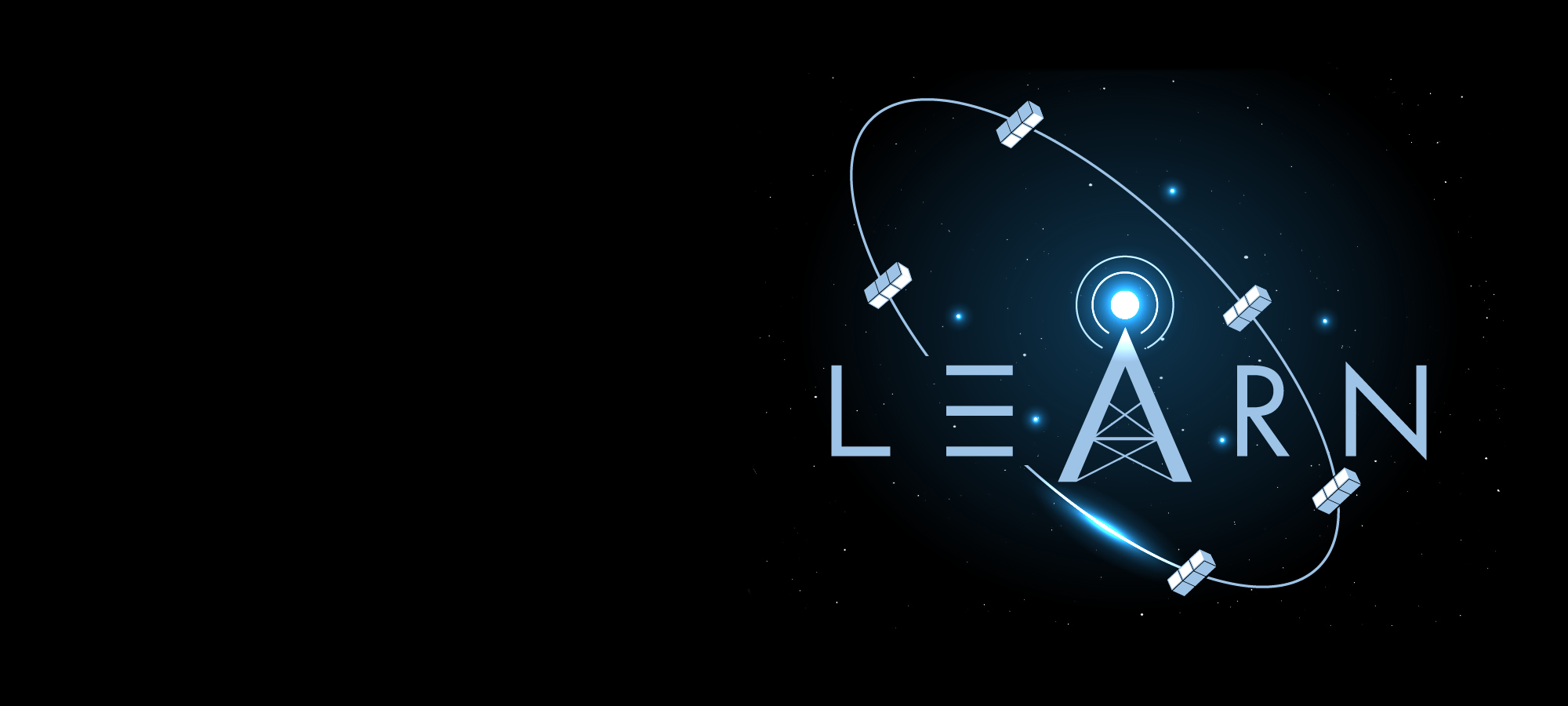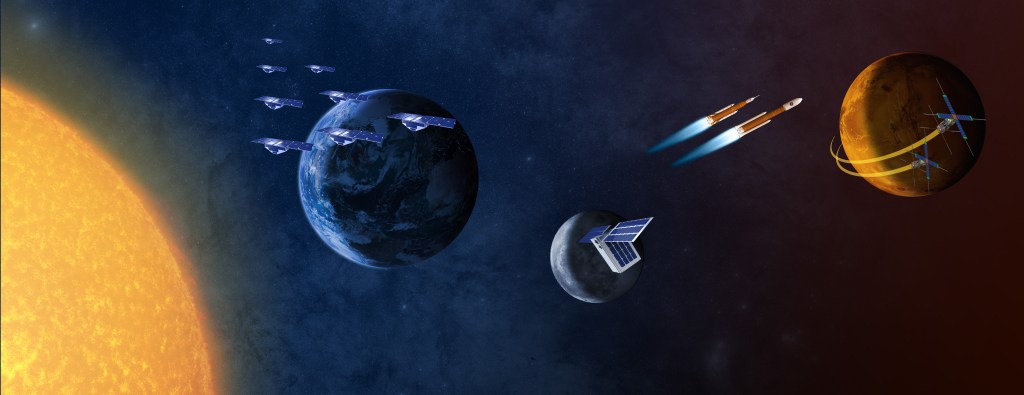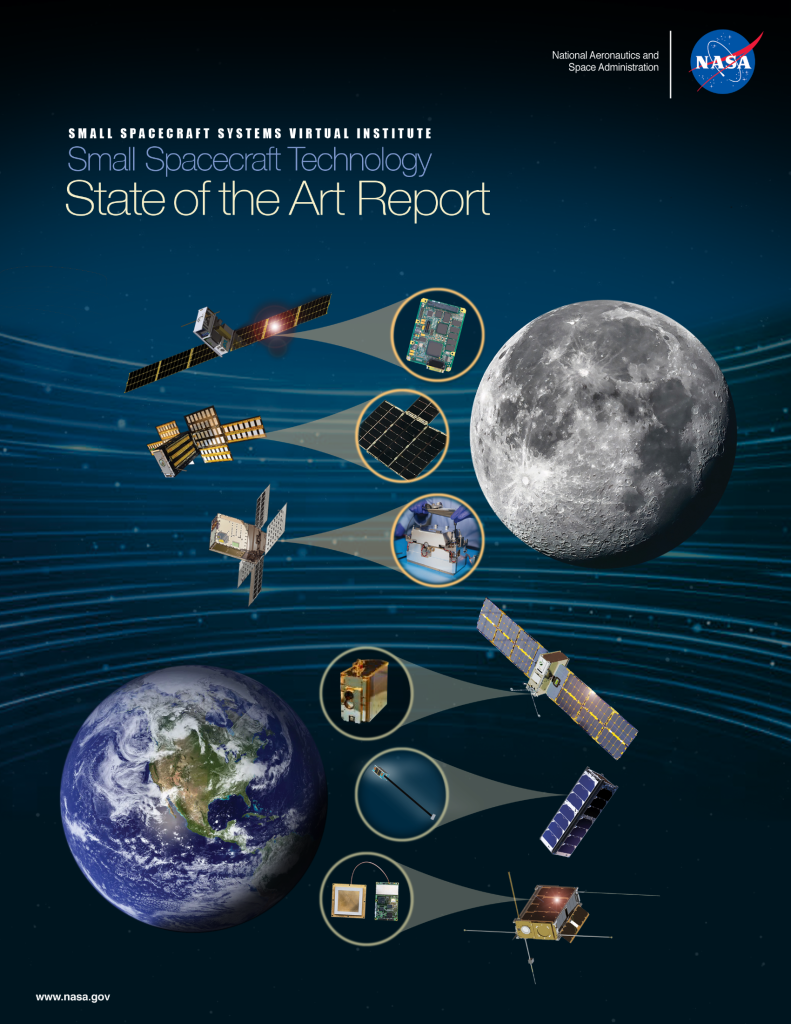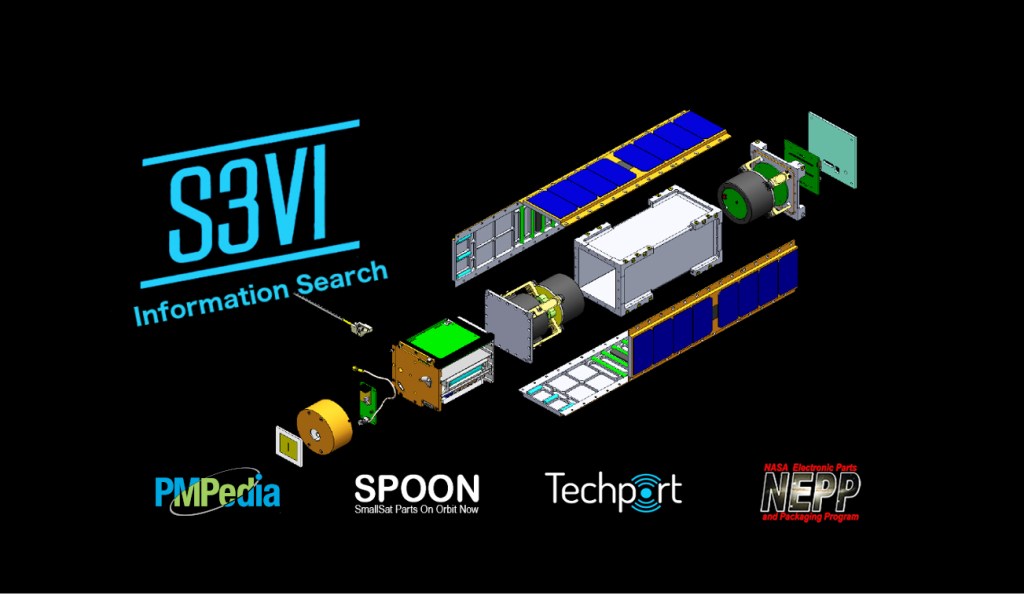July 27, 2023
Dr. Kevin France
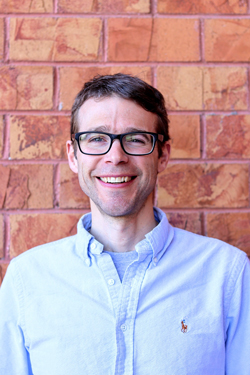 Abstract: This presentation will give an overview of the CUTE mission. CUTE is a 6U cubesat carrying out near-UV transit spectroscopy of short period exoplanets.
Abstract: This presentation will give an overview of the CUTE mission. CUTE is a 6U cubesat carrying out near-UV transit spectroscopy of short period exoplanets.
Bio: Kevin France is professor in the Department of Astrophysical and Planetary Sciences at the University of Colorado. Dr. France’s research focuses on exoplanets and their host stars, protoplanetary disks, and the development of instrumentation for ultraviolet astrophysics. He is the Principal Investigator of the ESCAPE Small Explorer mission, the CUTE small satellite mission, and a NASA-supported sounding rocket to study exoplanet atmospheres and flight-test critical path hardware for future UV/optical astrophysics missions. He is a regular guest observer with the Hubble Space Telescope and former chair of the Space Telescope Users Committee. He has been a member of the HST-COS instrument and science teams and the LUVOIR Science and Technology Definition Team. Dr. France received his Ph.D. from the Johns Hopkins University in 2006 and was awarded NASA’s Nancy Grace Roman Fellowship in 2013.
Dr. James H. Hecht
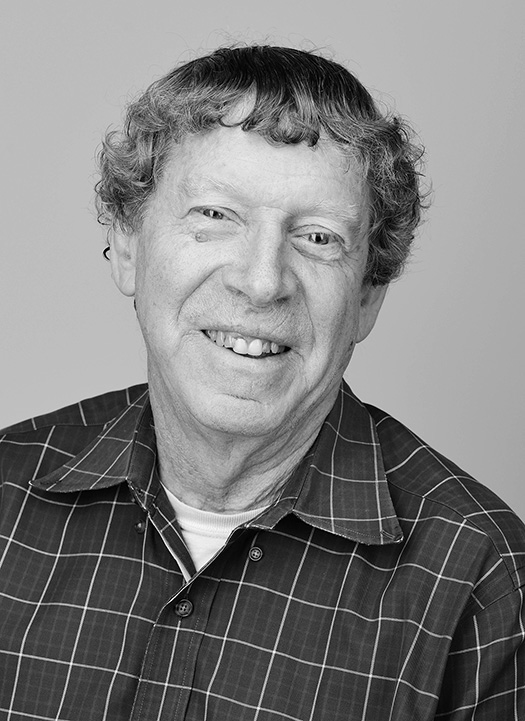 Abstract: The DAILI 6U CubeSat mission was deployed from the ISS in late January 2022 and just re-entered. The main objective of the mission was to image the daylit Earth’s limb in two colors from approximately 130 to 300 km altitude in order to determine the upper atmosphere’s neutral molecular oxygen density, a difficult species to measure. This was especially challenging as the hard Earth, which is only a few degrees outside DAILI’s field of view, is over 100000 times brighter than the desired signal, and this Earth-glow must be kept out of the camera optics. Nighttime data were also obtained and are used to probe the Earth’s ionosphere. While the on-orbit part of the mission ended earlier than expected over 6800 profiles of the atmosphere from ~ 130 to 300 km were obtained by DAILI’s two-color imager. The talk will discuss the challenge of building DAILI during the pandemic and the lessons learned during its on-orbit lifetime.
Abstract: The DAILI 6U CubeSat mission was deployed from the ISS in late January 2022 and just re-entered. The main objective of the mission was to image the daylit Earth’s limb in two colors from approximately 130 to 300 km altitude in order to determine the upper atmosphere’s neutral molecular oxygen density, a difficult species to measure. This was especially challenging as the hard Earth, which is only a few degrees outside DAILI’s field of view, is over 100000 times brighter than the desired signal, and this Earth-glow must be kept out of the camera optics. Nighttime data were also obtained and are used to probe the Earth’s ionosphere. While the on-orbit part of the mission ended earlier than expected over 6800 profiles of the atmosphere from ~ 130 to 300 km were obtained by DAILI’s two-color imager. The talk will discuss the challenge of building DAILI during the pandemic and the lessons learned during its on-orbit lifetime.
Bio: Dr. James Hecht has been involved for nearly 40 years in the remote sensing of the upper atmosphere from the ground and from space, and the use of such data to better understand the variability of the composition of the upper mesosphere and thermosphere. He has written many peer-reviewed papers that have appeared in JGR and GRL. He has been PI on NASA and NSF proposals including one for the successful NASA TOMEX rocket campaign for which he was awarded the NSF CEDAR Prize lecture. Most recently he was PI for instruments that just flew onboard several NASA sounding rockets and was co-PI on NIRAC, a very high spatial resolution (85m ground pixel) airglow imager that was onboard the International Space Station (ISS) from 2019 to 2021. Currently he is PI on DAILI, a 6U CubeSat that was deployed in January 2022 from the ISS and is the subject of this presentation. Dr. Hecht graduated from Columbia University in 1971 with a B.A. in Physics. He received an M.A. in Physics and a PhD in Physics from UCSB in 1975 and 1979, respectively. From 1979 to 1981 he was an NRC Post Doc in Astrochemistry at NASA/Goddard Space Flight Center. Since 1981 he has been at The Aerospace Corporation in El Segundo CA where he is currently a Senior Scientist.
Matthew D. Grubb
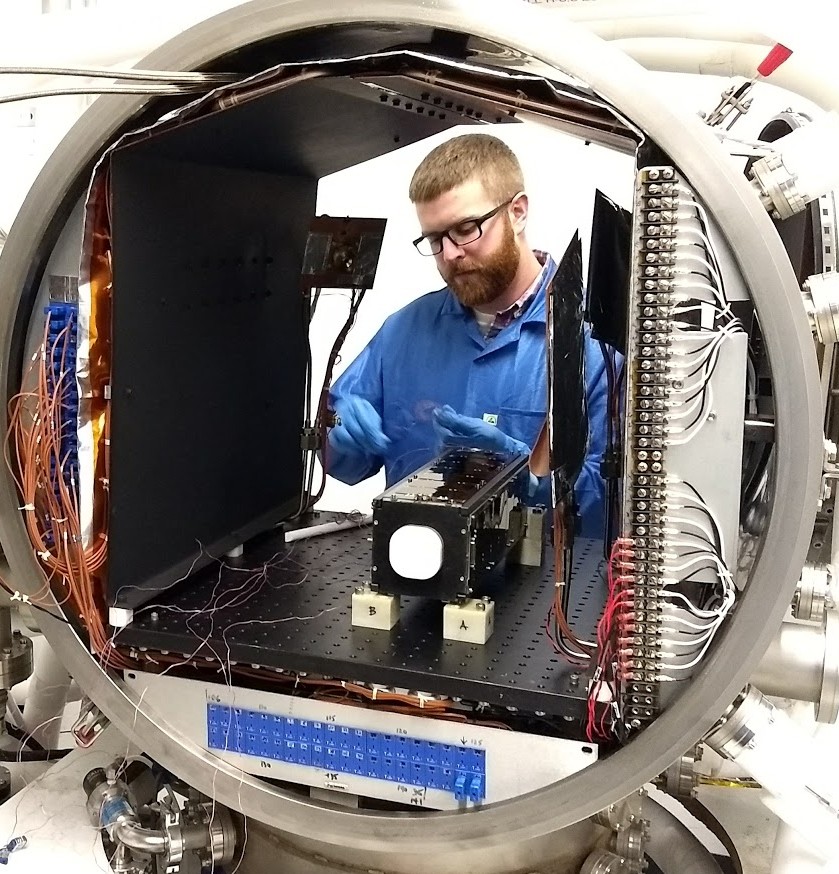 Abstract: Simulation To Flight -1 is a 3U CubeSat launched on December 16, 2019 as West Virginia’s first spacecraft. This event marked the culmination of a run-up to launch involving the production of the spacecraft, creation/configuration of command and control infrastructure, and the evolution of its co-creation, the NASA Operational Simulator for Small Satellites (NOS3). The NASA Operational Simulator for Small Satellites (NOS3) is a suite of software tools that significantly aids the SmallSat community with software development, integration and test (I&T), mission operations/training, verification and validation (V&V), and software systems check-out. This presentation will describe the STF-1 mission, system and compnents as well as risks, issues and lessons learned.
Abstract: Simulation To Flight -1 is a 3U CubeSat launched on December 16, 2019 as West Virginia’s first spacecraft. This event marked the culmination of a run-up to launch involving the production of the spacecraft, creation/configuration of command and control infrastructure, and the evolution of its co-creation, the NASA Operational Simulator for Small Satellites (NOS3). The NASA Operational Simulator for Small Satellites (NOS3) is a suite of software tools that significantly aids the SmallSat community with software development, integration and test (I&T), mission operations/training, verification and validation (V&V), and software systems check-out. This presentation will describe the STF-1 mission, system and compnents as well as risks, issues and lessons learned.
Bio: Matt Grubb possess a bachelor’s degree in Computer Engineering and master’s degree in Electrical Engineering from West Virginia University. Matt is currently working as a Sr. Systems Engineer for the Jon McBride Software Testing and Research (JSTAR) lab at the NASA’s Independent Verification and Validation facility in West Virginia. Relevant experience includes lead engineer for the Simulation to Flight -1 mission, developer on the NASA Operational Simulator for Small Satellites (NOS3) team, and lead software engineer for the NASA GSFC CubeSat portfolio composed of petitSat, GTOSat, SNOOPI, BurstCube and Dione.


























